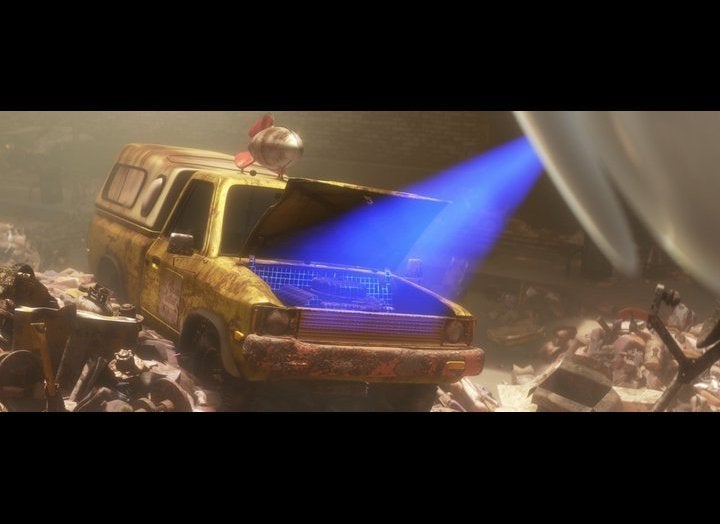Mild spoilers ahead for anyone who hasn't yet seen "Inside Out." If that's you, grab your tissues and go see it. It's great.
Opening to rave reviews, Pixar's "Inside Out" rivals any of the richly imaginative stories it created in its earlier, pre-Disney era. (Before "Cars 2" and "Monsters University" scared us into wondering whether the studio had anything new to offer.)
The movie shows us inside the mind of Riley Anderson (above), an 11-year-old girl who is more of a setting than a heroine.
Riley's emotions -- Joy (Amy Poehler), Fear (Bill Hader), Anger (Lewis Black), Disgust (Mindy Kaling) and Sadness (Phyllis Smith) -- dictate how she behaves and reacts to the world around her, from their cozy spot in the control center of her brain. It's actually a pretty good depiction of how our minds create and process memories, thanks to director Pete Docter's work with neurologists and psychologists.
But here's one thing about the movie you may not have noticed, and it helps explain -- in a Pixar way -- why people have different personalities.
When we catch a glimpse of Riley's parents' minds, Joy isn't holding the reins like she does inside their daughter's head. As Tumblr user song-bird-ess points out, Sadness is at the center of Riley's mother's brain, and Anger has the wheel inside her father's.
This could be the animators' way of suggesting that Mrs. Anderson might be more inclined toward melancholy, and Mr. Anderson might have a harder time keeping his temper in check (he didn't much hesitate to "put his foot down" in response to Riley's oddly negative attitude at the kitchen table).
The film also uses "personality islands" to define character. Riley likes hockey, has a loving family and is an occasional goofball. Accordingly, her brain holds "islands" fueled by memories to reflect those interests. It's primarily Joy, though, who helps her maintain and expand those aspects of life. Perhaps Mr. and Mrs. Anderson are predisposed toward other emotions which, the film teaches us, are all necessary -- the way their daughter was born with her joyful disposition?
We're still left with some questions: If Joy is the head of Riley's emotions, and most of her childhood's core memories were golden and happy, would her mother's memories have been tinged blue by Sadness? Or does a person's primary emotion simply change as they get older according to their life experiences?
We can only hope that a sequel may hold the answers.

